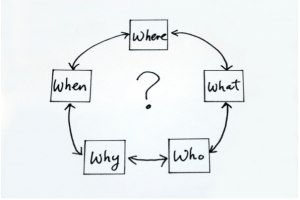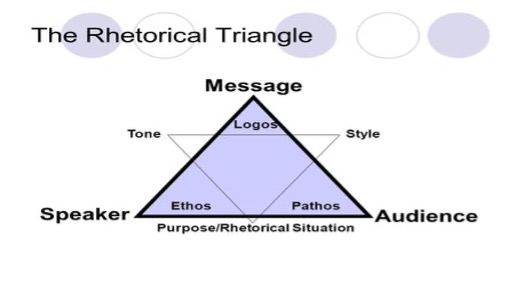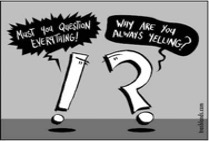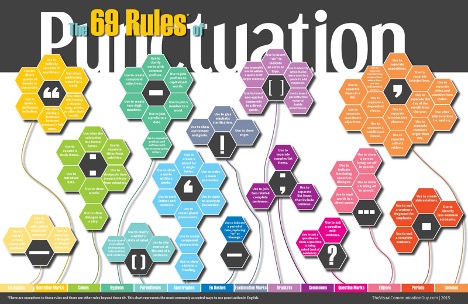20.2 Routine Messages
Learning Objective
- How to create simple, routine messages using content that conveys a clear purpose to the audience
The Anatomy of Routine Messages: How to Compose Effective Routine Messages
Of the many common responsibilities in the workplace, making varying, routine business requests ranks among the highest. Routine messages are those messages which focus on routine business matters and are conducted in every form of communication medium available. The goal of routine messages is to deliver well-written, organized, and specific communication as quickly as possible in an error-free and appropriately formatted manner. Understanding routine communication has the single greatest influence on an organization’s effectiveness (Shetcliffe, 2004); it deserves more time and effort upfront to convey the intended messages effectively.
The Most Common Forms of Routine Messages in Business Communication

- Email – most popular and allows for most types of business communication: informational, makes recommendation(s), request action, sales and marketing – some more specific examples: appointment reminders, order confirmation or receipt for purchases, electronic bank statements, bill pay reminders, emergency notices, notices from various organizations & businesses. Think of the mail you receive from the post office on a daily basis; email is the electronic version of your physical mailbox only Email is more powerful in that it has the ability to attach documents, add visuals, link websites, and embed video(s)
- Business letters – though more formal than an email, makes a recommendation or requests action to be taken, mentions deadlines and supports author’s position
- Memos – make a recommendation or request for action
- Faxes – mostly replaced by email, faxes provide the same written messages as email or hard copies of letters and memos
- Text messages – provides a way to instantly get a message from the sender to one or more individuals instantly from one mobile device to another
- Online chat – real time text messaging
- Social networking – web based platform facilitating the sharing of social relations among like-minded people with similar interests
- Collection letter – request to pay a past due bill with deadline given
Create a Routine Message: Begin the Process
How do you decide which method of communication is most appropriate for your message’s purpose? To answer this question, one must carefully consider the following (Seglin & Coleman, 2012, pg. 3-10):
- Audience
- Who do you want or need to hear you?
- What do you know about your audience?
- Use what you know about your audience to help structure your message.
- Purpose
- Is this a formal or informal request?
- What is the main focus of your message?
- Can you clearly describe your purpose in simple terms and/or directions?
- Content
- Introduction, body, conclusion
- Keep it simple, short, and straightforward
- Follow the KISS method as often as possible
- You are writing to express, not impress
Once your audience, purpose and content have been determined you can now determine what method of routine message genre is best suited for your intended message and audience.
Breaking it Down Further
- Consider the recipient(s)’ requirement or need for the information.
- Think about your purpose for communication; state your objective.
- Break the information into absorbable, easy to read sections.
- Do not cause your reader a need to interpret your information; it should be clearly written and understandable. (KISS)
- Determine the placement of your main points for the best impact on the reader, which also creates a logical flow.
- Deadlines must always be clearly defined and noted.
 Whenever possible answer the 5 W’s:
Whenever possible answer the 5 W’s:
- Who?
- Why?
- What?
- Where?
- When?
Understanding the Rhetorical Triangle
What lies between the author and his or her communication possesses an intention to convey a persuasive tone within the message. The message now takes a distinct form and style that is based on the determination of the intended audience in addition to the purpose of the message. The message content should convey logic, yet be emotionally appealing to the intended audience. The message will build upon the author’s ethical credibility, or ethos.

Rhetorical Considerations
- Audience – tailor your communication to suit your audience.
- Message objective – what routine business form will you use? Remember to clearly define your purpose.
- Speaker – that is you! How will you portray yourself to others? You are building your reputation, so make it a good one!
- Ethos – your reputation will be, in part, be developed by your presented writing skills.
- Rhetoric – “…a good [writer] with persuasive power of ethos has three qualities – intelligence, character, and goodwill. (Hoffman & Ford, 2009, p. 37).”
- Pathos – evokes a sadness or pitiful emotion.
- Logos – principle of reason and judgement
Common Mistakes Can Lead to Big Problems

Yes, the English language can be tricky, but if not used properly it can cost businesses hundreds of thousands of dollars – and even lives – as we have learned earlier in this chapter. The lesson here: know proper grammar and punctuation.

Punctuation!
Yes, it matters! And, it can cost hundreds of thousands of dollars when used poorly and incorrectly. “Information released by the Federal Government under the Freedom of Information Act revealed that a nuclear-plant supervisor ordered ‘ten foot long lengths’ of radioactive material” (Egan, 1995). How can this order be misinterpreted? Did the plant supervisor mean ten foot-long lengths of radioactive material, or did he mean ten-foot long lengths? It turned out the latter was needed, but the former was what the recipient had interpreted. The plant was sent ten one-foot rods, at a cost so great it had been later classified.

Summary
Examples of one word options to replace common phrases & other verb phrasing suggestions to help keep your messages simple – K.I.S.S.!
| Anti-fluff technique | Examples |
| Use one-word options where available | Replace:
|
| Use verb phrases instead of noun phrases where available | Replace:
|

Key Takeaway
- What routine business form will you use? Understanding your audience and incorporating acceptable mediums according to your organizational culture will greatly influence what form of communication to utilize in a given situation.
Exercise
- Compose a form of business communication that utilizes one word options and verb phrases, rather than noun phrases.
References
Bly, R. W. (1999). The Encyclopedia of Business Letters, Fax Memos, and Email. Franklin Lakes, N.J.: Career Press.
Egan, M. (1995). Total quality business writing. The Journal for Quality and Participation, 18(6), 34. Retrieved from http://search.proquest.com.ezproxy.gvsu.edu/docview/219172521?accountid=39473
Hoffman, Mary F.; Ford, Debra J. (2009). Organizational Rhetoric: Situations and Strategies. Retrieved from http://www.eblib.com n.a. (2015). TheVisualCommunicationGuy.com, retrieved from https://derekhaines.ch/Images/69_punctuation_rules.jpg
Seglin, J. L., & Coleman, E. (2012). The AMA Handbook of Business Letters (4). Saranac Lake, US: AMACOM. Retrieved from http://www.ebrary.com.ezproxy.gvsu.edu
Shetcliffe, J. (2004). Managing regular communication. Insurance Brokers’ Monthly, 54(4), 18-20. Retrieved from http://search.proquest.com.ezproxy.gvsu.edu/docview/200883450?accountid=39473
